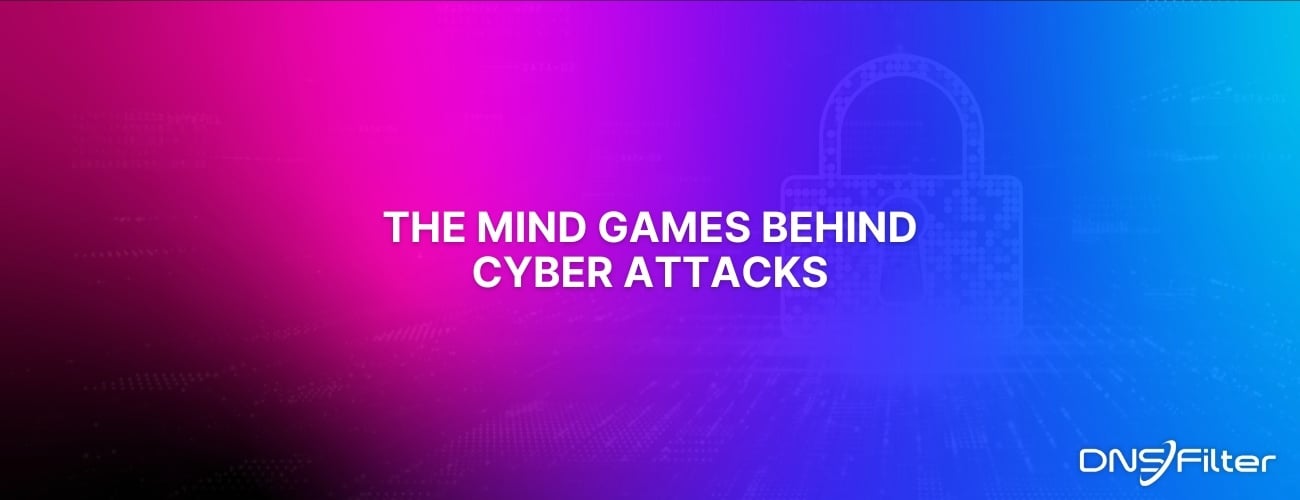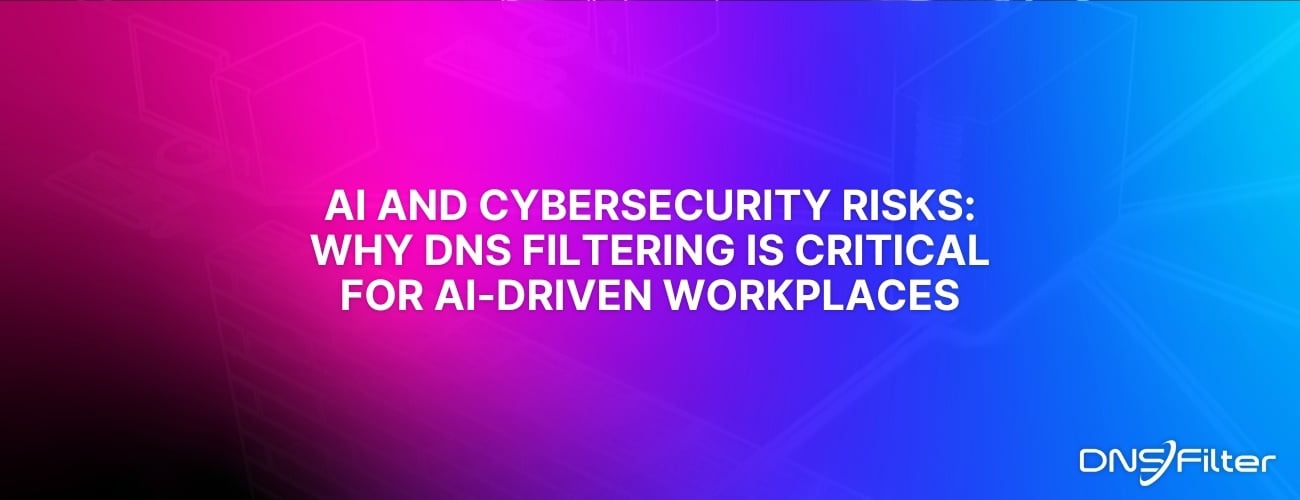Share this
The Mind Games Behind Cyber Attacks
by Mikey Pruitt on Mar 26, 2025 4:06:24 PM
Hackers have long understood that the most sophisticated firewall is no match for a well-placed psychological trick. While many focus on the technical prowess of cybercriminals, the real magic often lies in their ability to manipulate human behavior. By exploiting our natural tendencies and cognitive biases, hackers can slip past even the most robust security systems. It's not just about cracking codes; it's about cracking the human psyche.
Hackers are adept at exploiting confirmation bias, the tendency to favor information that confirms our pre-existing beliefs. By aligning their deceptions with what we already think we know, they make their lies more palatable. A fake news article that supports a reader's worldview is more likely to be shared, spreading the deception further. This psychological manipulation is a cornerstone of many cyber attacks, allowing hackers to bypass technical defenses by targeting the human element.
In essence, cybersecurity is as much about understanding human nature as it is about technology. Hackers are not just tech wizards; they are master psychologists, using our own minds against us. Recognizing this is the first step in building defenses that are as much about educating users as they are about installing the latest software.
The Subtle Art of Manipulation
Deception in cybersecurity is an art form, not a battering ram. Hackers wield subtlety like a scalpel, crafting attacks that slip under the radar of even the most vigilant users. Social engineering is their weapon of choice, a psychological toolkit designed to exploit trust and manipulate behavior. Unlike brute force attacks that rely on overwhelming technical defenses, these tactics are about finesse—convincing individuals to act against their best interests without ever realizing it.
The effectiveness of social engineering is staggering. In 2023, phishing and spoofing affected approximately 298,000 individuals in the United States, making it the most common type of cybercrime reported.
One of the most effective social engineering tactics is the simple phishing email. It's not the technical complexity that makes it effective, but its ability to mimic a trusted source. Hackers know that people are creatures of habit, often clicking on links without a second thought if they appear to come from a familiar contact. This reliance on routine is a vulnerability that hackers exploit with precision, crafting messages that play into our expectations and using urgency or authority to nudge us into action. The success of this tactic is evident in the fact that 20% of targeted users fall victim to phishing attempts.
Another common social engineering tactic is the seemingly innocuous phone call from "tech support." The caller, armed with just enough personal information to sound credible, persuades the victim to reveal sensitive data or install malicious software. This isn't a high-tech hack; it's a masterclass in human psychology. The hacker's success hinges on their ability to create a sense of urgency or authority, compelling the target to comply without question. Tech support scams rose by 15% in 2023, with nearly $1 billion in losses.
Fake websites operate on a similar principle. They are digital doppelgängers of trusted sites, designed to capture login credentials or personal information. When a user lands on a site that looks exactly like their bank's homepage, they're less likely to question its legitimacy. Hackers exploit this trust, knowing that once a user is convinced of a site's authenticity, they're more likely to enter sensitive information without hesitation. In 2024, there were more than 930 thousand unique phishing sites detected, highlighting the scale of this deceptive tactic across the world.
These psychological tactics are not just about tricking individuals; they are about creating a narrative that feels real and believable. Hackers understand that the human mind is wired to seek patterns and make quick judgments, often at the expense of caution. By crafting deceptions that align with these mental shortcuts, they can bypass rational defenses and achieve their objectives with minimal resistance.
The battle is not just against malicious code but against the manipulation of perception. Understanding these tactics is crucial for developing defenses that protect not just our systems, but our minds.
The Deception Engine
The Internet is a well-oiled deception engine, churning out false narratives with alarming efficiency. Bad actors have mastered this machinery, using it to spread misinformation and malware with ease. Fake news is a prime example, where fabricated stories are designed to go viral, preying on our biases and emotions. These stories often confirm what we already believe, making them more likely to be shared without scrutiny. The more they spread, the more they reinforce existing beliefs, creating a feedback loop of deception.
Malware disguised as legitimate downloads is another cog in this engine. Hackers know that users are more likely to download software that appears familiar or necessary. By mimicking popular applications or updates, they trick users into installing malicious programs. Once inside, these programs can steal data, monitor activity, or even take control of the system—all while the user remains blissfully unaware.
The genius of the deception engine lies in its ability to exploit our expectations. We expect news to be factual, downloads to be safe, and websites to be secure. Hackers play on these expectations, crafting deceptions that fit seamlessly into our digital routines. This makes their attacks effective and difficult to detect. The more believable the lie, the less likely it is to be questioned.
To combat this, we must become more vigilant consumers of information. Recognizing the signs of deception—such as sensational headlines or unexpected download prompts—can help us avoid falling victim to these tactics. By questioning the authenticity of what we see and hear online, we can disrupt the deception engine and protect ourselves from its insidious influence.
And in the meantime, we can utilize tools like DNSFilter to catch the things we don’t. Content and threat categories such as Contentious & Misinformation, Suspicious & Deceptive, Phishing, and Malware help to block the threats that make it past human judgment. Try DNSFilter free for 14 days.
Share this
 Artificial Intelligence in Cybersecurity
Artificial Intelligence in Cybersecurity
The term “artificial intelligence (AI)” was first coined in 1956. While progress stalled for many years, we can thank IBM for sparking real interest in AI as viable technology: First in 1997 when the computer Deep Blue defeated a chess champion and again in 2011 when Watson won Jeopardy!
 The Mind Games Behind Cyber Attacks
The Mind Games Behind Cyber Attacks
Hackers have long understood that the most sophisticated firewall is no match for a well-placed psychological trick. While many focus on the technical prowess of cybercriminals, the real magic often lies in their ability to manipulate human behavior. By exploiting our natural tendencies and cognitive biases, hackers can slip past even the most robust security systems. It's not just about cracking codes; it's about cracking the human psyche.
 AI and Cybersecurity Risks: Why DNS Filtering is Critical for AI-Driven Workplaces
AI and Cybersecurity Risks: Why DNS Filtering is Critical for AI-Driven Workplaces
Artificial intelligence is transforming business operations, automating everything from customer service to data analysis. But with these advancements come new security challenges. AI-driven cyber threats are becoming more sophisticated, enabling attackers to automate phishing campaigns, generate malware, and exfiltrate sensitive data at scale. Without proper safeguards, AI tools can unintentionally leak corporate secrets or connect to malicious ...


